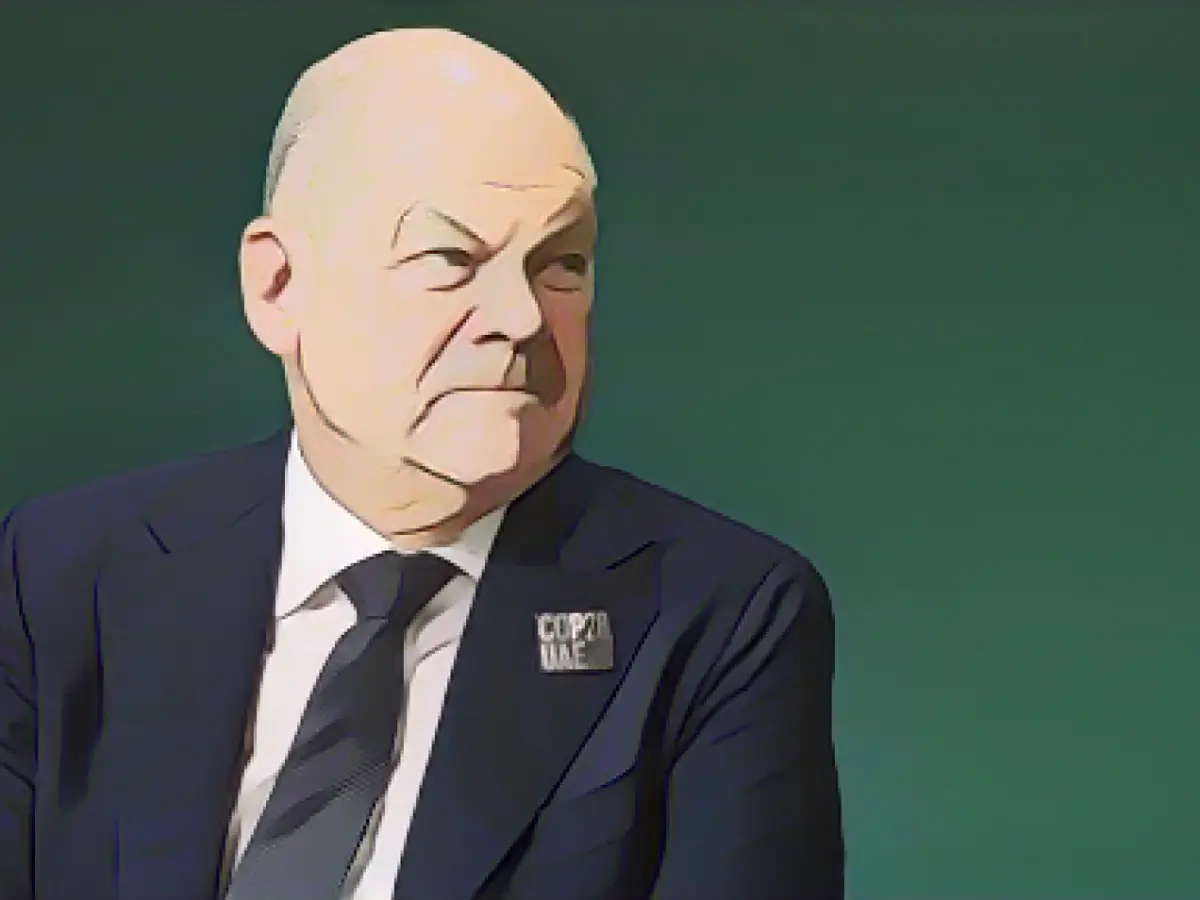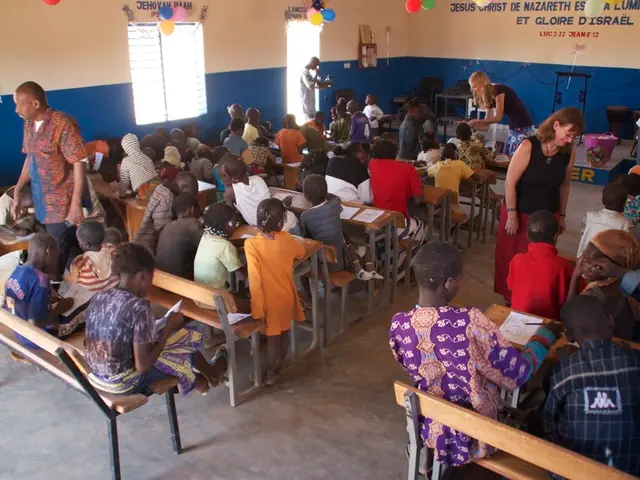Battles in the Saxon and Thuringian political landscapes
Let's delve into the electoral drama unfolding ahead of the vote in Saxony and Thuringia: Which parties are poised to grab the region's political reins? Data from Forsa, commissioned by RTL, reveals that the CDU, led by Minister President Michael Kretschmer, and the AfD are neck and neck. The CDU is currently at 33%, while the AfD stands strong at 31%. This means a minor 1% surge for the AfD since early August.
Interestingly, the SPD in Saxony also experienced a 1% increase, climbing from 6% to 7%. Conversely, the BSW, led by Sahra Wagenknecht, registered a 1% decrease, standing now at 12%. The Greens (6%) and the Left (3%) sustained their rates. The FDP remains floundering below the 3% mark, potentially joining a collective of other parties comprising 8%.
Leading Thuringia Polls
Comparatively, changes in Thuringia are nominal. The AfD, under the leadership of Björn Höcke, maintains its leading position at 30%. The CDU gains a touch of ground to 22%. Minister President Bodo Ramelow's Left party improves slightly, jumping from 13% to 14%. In contrast, the BSW loses 1% (17%). The SPD's figures remain constant at 7%. The Greens fall short of entering the state parliament with a 4% score. The remaining parties, including the FDP, currently account for 6%.
The consequences of the Solingen knife attack on the election appear less profound as initially anticipated. In Saxony, 18% believe the terrorist act will considerably influence their voting decision. On the other hand, in Thuringia, the fallout from Solingen might be more significant: 35% claim it has a decisive impact.
Forsa acknowledges that the voters' attitudes in both states remain inchoate. Supporters of the AfD and BSW tend to eschew postal voting, preferring to cast their votes at polling stations, thereby leaving them a chance to reconsider before the final tally.
The study was executed by Forsa for RTL Germany between August 27 and 29, 2024, through the population-representative Forsa-Omninet panel online and phone surveys. The participant counts for Saxony and Thuringia totaled 1012 and 1005 respondents, respectively. The margin of error tolerance for both surveys is +/- 3 percentage points. Stern is affiliated with RTL Germany.
In the backdrop of data collection for RTL Germany, Forsa leveraged a population-representative panel to gather insights in Saxony and Thuringia, ensuring the findings resonate within a tolerance margin of +/- 3 percentage points. Despite the Solingen knife attack's considerable impact, only a minimal portion of voters in Saxony (18%) and a higher proportion in Thuringia (35%) perceive it as a significant factor in their voting decision, creating ample room for change among AfD and BSW supporters who often forego postal voting.
Additional Insights:
- .
- .
- .
- .
Inferring Trends:
- AfD Momentum: The AfD has been gaining ground in both Saxony and Thuringia. In the 2025 German federal election, the AfD captured nearly a third of votes in each East German state, with the highest being 38.5% in Thuringia and 32.5% in Brandenburg[3].
- CDU Prospects: The Christian Democrats (CDU/CSU) traditionally enjoy strong support in these regions but have been experiencing a decline in recent years. In the 2025 federal election, they secured around 16% of the vote in Saxony and Thuringia[2].
- SPD Slide: The Social Democratic Party (SPD) has experienced a downturn in support in both states. In the 2025 federal election, they garnered around 12% of the vote in Saxony and Thuringia[2].
- Greens' Performance: The Greens have generally exhibited lower backing in these regions compared to urban areas. In the 2025 federal election, they acquired around 5-6% of the vote in Saxony and Thuringia[2][5].
- Left Party Gain: The Left Party has demonstrated an uptick in support, particularly in the former East Germany. In the 2025 federal election, they received around 8-10% of the vote in Saxony and Thuringia[2][3].
- BSW and FDP's Struggles: The Sahra Wagenknecht Alliance (BSW) and the Free Democratic Party (FDP) have failed to qualify for parliamentary representation in these states, with the BSW securing around 3-4% and the FDP around 3-4% of the vote in the 2025 federal election[2][4].






